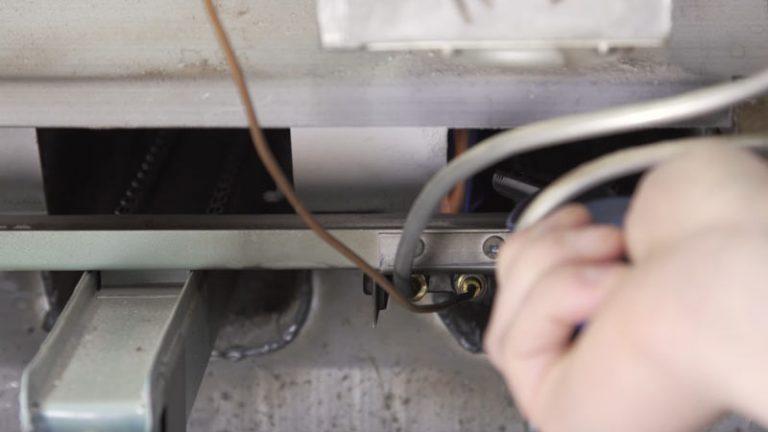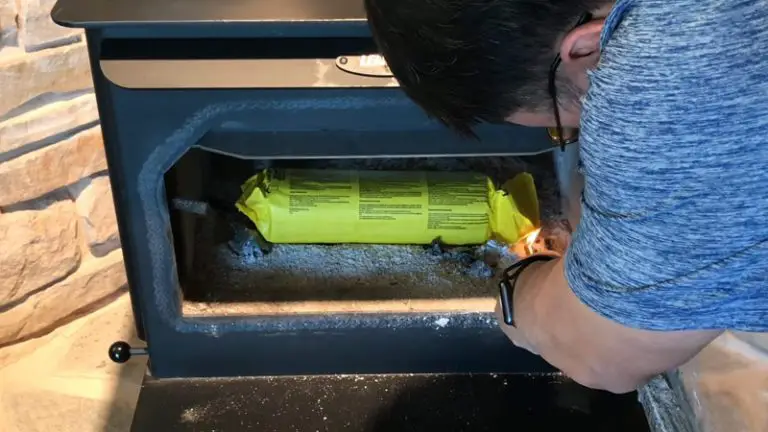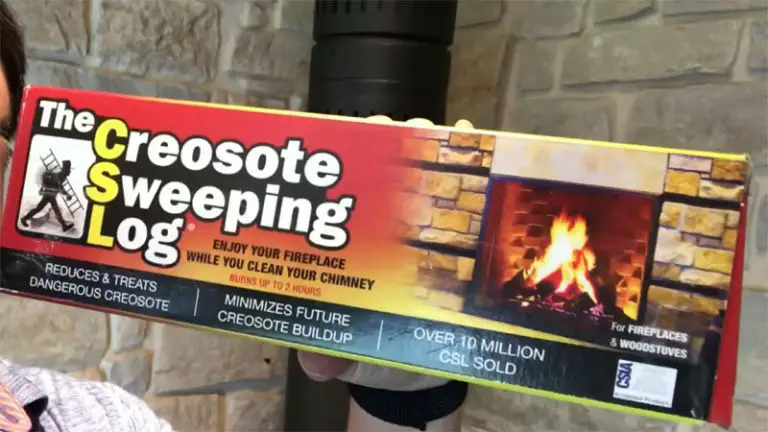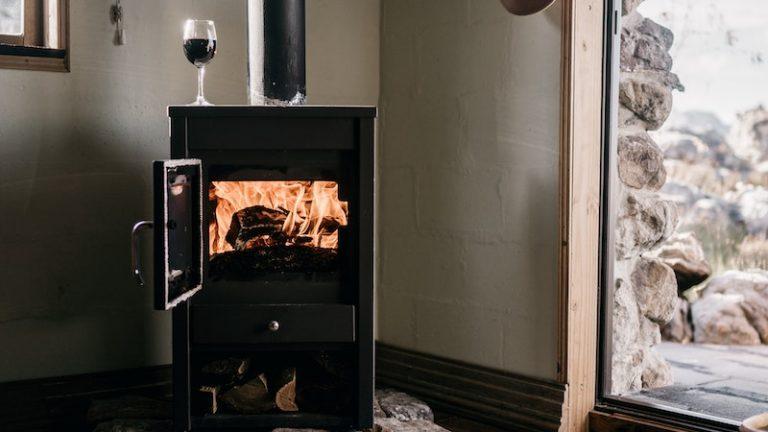Gas Fireplace Open or Closed? The Critical Answer for Your Home’s Safety
You flick a switch, and a beautiful fire roars to life. But a nagging question lingers: should that glass door be open or closed? What about the flue lever you never touch? The seemingly simple choice between “open” and “closed” for a gas fireplace is one of the most misunderstood and critical aspects of its operation, directly impacting your family’s safety and your home’s energy efficiency.
Leaving a component open when it should be closed (or vice-versa) isn’t just a minor mistake. It can lead to dangerous carbon monoxide buildup, wasted energy, and damage to the fireplace itself. This guide will demystify the process, ensuring you can enjoy the warmth and ambiance of your fireplace with complete peace of mind.
You'll Learn About
The Great Damper Debate: Open vs. Closed Explained
The first point of confusion for many homeowners is the fireplace damper, also known as the flue. This is a metal plate located in the chimney that controls airflow. Understanding its function is the first step to safe operation, but its use depends entirely on the type of fireplace you own.
Why You MUST Keep the Damper Open During Use (Vented Gas Fireplaces)
If you have a vented gas log set—one that sits in a traditional fireplace that could also burn wood—the rule is absolute: the damper must always be open when the fire is on. When natural gas burns, it produces combustion byproducts, including water vapor, carbon dioxide, and the dangerous, odorless gas, carbon monoxide (CO). An open damper allows these gases to safely exit your home through the chimney.
Operating a vented gas fireplace with a closed damper is a severe safety hazard. It will cause smoke and toxic fumes to pour back into your room, creating a life-threatening situation. In fact, for gas log installations, professionals often install a “damper clamp” to prevent the flue from ever closing completely, ensuring a path for gas to escape even if the pilot light is on and the main burner is off.
When to Close the Damper: Sealing the Deal on Energy Efficiency
Once the fire is completely out and the pilot light (if you have one) is also turned off, it’s time to close the damper. Leaving the damper open when the fireplace is not in use is like leaving a window wide open in the middle of winter. It allows the heated air from your home to escape right up the chimney, leading to significant energy loss and a drafty room.
During warmer months when the fireplace isn’t used at all, keeping the damper securely closed is crucial. This not only saves on cooling costs by keeping hot summer air out but also prevents debris and animals from entering your chimney. A seasonal check can ensure your damper is not stuck or warped.
Direct Vent & Vent-Free Fireplaces: A Different Set of Rules
The “open or closed” question becomes much simpler with modern fireplace designs. Not all gas fireplaces use a traditional chimney and damper system. Understanding which type you have is essential, as the rules are completely different and not interchangeable.
Direct Vent Fireplaces: The Sealed System Advantage
A direct vent gas fireplace is a self-contained, sealed unit with a fixed glass panel on the front. It pulls air for combustion from the outside and expels its exhaust directly outside through a dedicated vent. Because the combustion chamber is completely sealed from the room, there is no damper for you to open or close. The fixed glass front must never be opened during operation.
These systems are highly efficient because no indoor conditioned air is used for the fire or lost up a chimney. The “open or closed” debate is irrelevant here, as the unit is designed to operate as a closed system for maximum safety and performance.
Vent-Free Fireplaces: The Exception to the Rule
Vent-free (or ventless) fireplaces do not have a flue or vent to the outdoors. They are designed to burn gas so cleanly that the byproducts are released directly into the room. Consequently, they do not have a damper that needs to be opened or closed. However, they come with their own critical safety requirements.
Vent-free units deplete oxygen in the room and release water vapor. For this reason, they are equipped with an Oxygen Depletion Sensor (ODS) that automatically shuts the fireplace off if oxygen levels become too low. It is often recommended to crack open a window during prolonged use to ensure adequate fresh air.
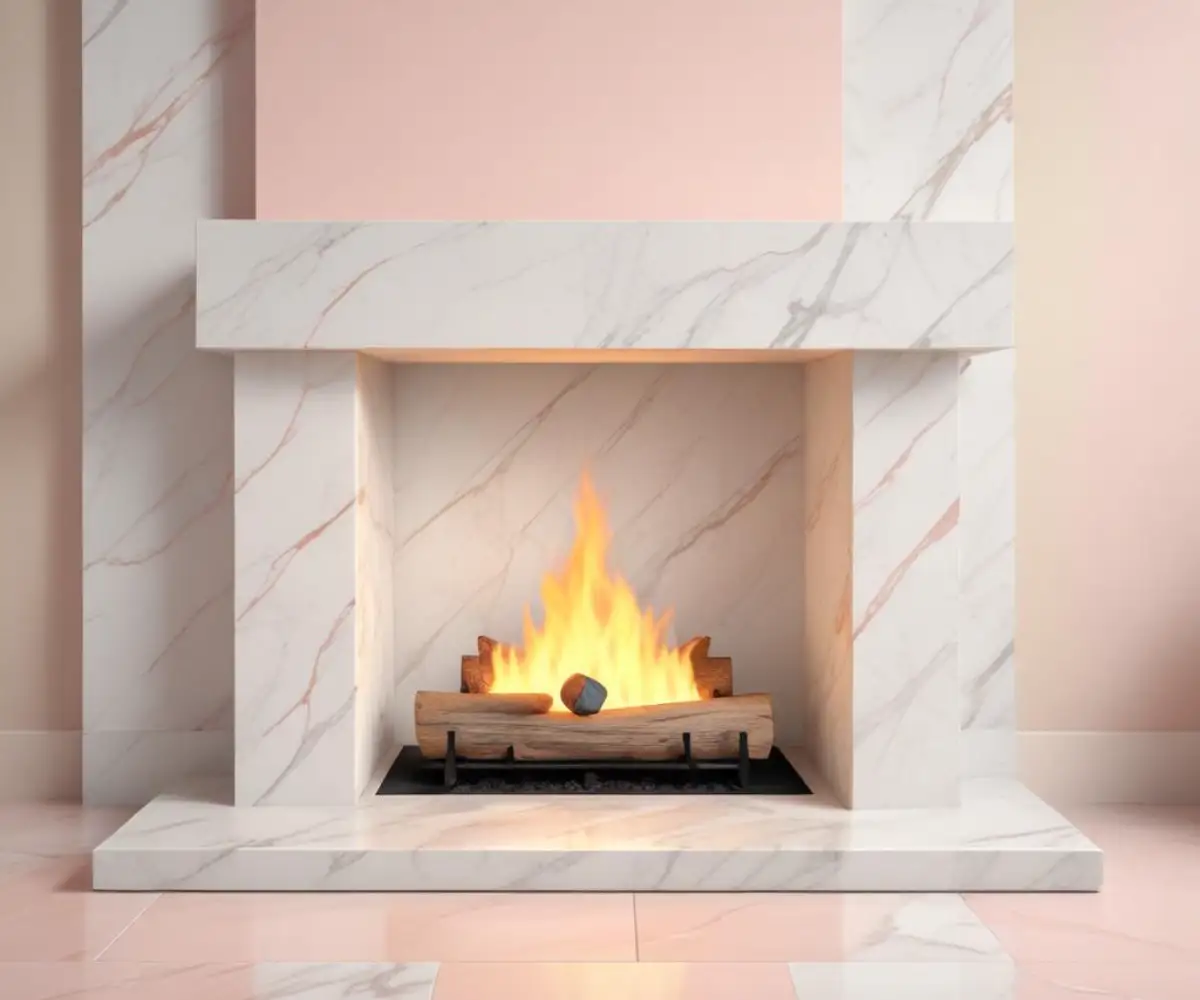
The Glass Door Dilemma: More Than Just a Pretty Face
The second major point of confusion revolves around the glass doors on the front of the fireplace. The rules for these doors depend entirely on the type of fireplace they are attached to. Getting this wrong can shatter the glass or create a serious safety risk.
Factory-Built Fireplaces: Follow the Manual, Always
For modern, factory-built fireplaces, especially direct vent models, the glass front is a non-negotiable safety feature. These units are engineered to work as a sealed system. The glass doors or panel must remain closed and sealed during operation. Opening them disrupts the delicate balance of air intake and exhaust, leading to inefficient burning, soot buildup, and the potential release of harmful gases into your home.
These systems use special ceramic glass designed to withstand extremely high temperatures. Attempting to operate them with the glass removed or ajar defeats their core design for safety and efficiency.
Gas Log Sets in Masonry Fireplaces: A Crucial Distinction
If you have gas logs installed in a traditional masonry fireplace (one that was originally built for wood), the glass doors are considered an accessory. In nearly all cases, these glass doors should be fully open when the gas logs are burning.
Closing the doors traps an immense amount of heat, which can damage the gas valve and control components located beneath the logs. Furthermore, most of these doors use tempered glass, which is not designed to handle the sustained, intense heat and can shatter. Leaving the doors open allows for proper airflow to the burner and prevents dangerous overheating.
| Fireplace Type | Damper/Flue Position During Use | Glass Door Position During Use | Key Safety Concern |
|---|---|---|---|
| Vented Gas Logs (in Masonry Fireplace) | Fully Open | Fully Open | Carbon Monoxide (CO) buildup if the flue is closed. |
| Direct Vent Fireplace | No User-Operated Damper (Sealed System) | Permanently Closed (Sealed Panel) | Compromising the sealed unit by opening the glass. |
| Vent-Free Fireplace | No Damper/Flue | N/A (Typically has no doors or a fixed screen) | Room oxygen depletion; moisture buildup. |
Beyond the Basics: Unspoken Risks and Hidden Costs
Proper operation goes beyond just the main controls. Several subtle factors can affect the safety and efficiency of your fireplace, representing the kind of deep knowledge that ensures long-term, trouble-free ownership.
The Hidden Dangers of a “Slightly Ajar” Damper
Some believe that partially closing the damper on a vented gas log set is a smart way to get more heat into the room while still allowing exhaust to escape. This is a dangerous misconception. A partially closed damper can fail to create a strong enough draft, allowing invisible carbon monoxide to spill back into the living space, especially during startups or shutdowns.
There is no safe “in-between” position. The damper on a vented appliance must be fully open during operation to ensure a complete and reliable draft.
Air Pressure Mysteries: How Your Home Fights Your Fireplace
In modern, energy-efficient homes that are tightly sealed, a phenomenon known as negative pressure can occur. Running powerful exhaust fans (like in a kitchen or bathroom) or a clothes dryer can suck air out of the house, creating a slight vacuum. This negative pressure can be strong enough to overpower a weak chimney draft, pulling combustion gases from your vented gas fireplace back into the home.
If you notice flickering flames or a faint smell of exhaust when other appliances are running, it could be a sign of this issue. The solution is often to crack a window in the fireplace room to equalize the pressure, but a professional assessment is recommended.
Seasonal Checks: Your Pre-Winter Damper & Vent Checklist
Before you light the first fire of the season, a quick inspection is vital. Visually check your damper to ensure it moves freely and hasn’t become rusted or stuck. For vented systems, it’s also wise to check the exterior vent or chimney cap for obstructions. A common issue that can cause dangerous blockages is finding a bird’s nest in your gas fireplace vent, which must be cleared before use.
Troubleshooting Common “Open or Closed” Scenarios
Even with the right knowledge, issues can arise. Understanding what symptoms point to improper open/closed procedures can help you quickly diagnose and solve common problems.
“My fireplace room feels drafty in the winter.”
This is the most common sign of a damper left open when the fireplace is not in use. The chimney is acting like a massive straw, sucking warm, expensive air out of your home. The solution is simple: once the fireplace is confirmed to be completely off, close the damper tightly.
“My carbon monoxide detector went off.”
This is an emergency. Treat any carbon monoxide alarm as a serious threat. Immediately turn off the gas fireplace, open all windows to ventilate the house, and ensure everyone vacates the premises. Call 911 or your local emergency services from a safe location. A CO alarm is the ultimate indicator that combustion gases are not venting properly—a problem often caused by a closed damper on a vented unit. Do not attempt to fix the issue yourself; this is not the time for DIY solutions, especially something as dangerous as turning gas back on illegally. Call a qualified professional to inspect the appliance before using it again.
“The glass on my fireplace is covered in soot.”
Soot on a gas fireplace is a clear sign of improper combustion. For a vented gas log set, this can happen if the glass doors are closed during operation, restricting airflow. For a direct vent unit, it can indicate a problem with the sealed system, such as a failing gasket or an issue with the air-to-fuel ratio, and requires professional service.
The Final Verdict: Safety and Efficiency in Harmony
The “gas fireplace open or closed” question doesn’t have a single answer; it has a correct answer for your specific type of fireplace. Forgetting this distinction can turn a source of comfort into a significant hazard.
Always remember the cardinal rules: If it’s a vented gas log set, the damper and doors must be open during use. If it’s a direct vent, sealed unit, the glass must always remain closed. If it’s vent-free, there is no damper to worry about, but you must ensure the room has fresh air. By understanding your appliance and following these non-negotiable safety protocols, you can confidently enjoy the warmth, convenience, and beauty of your gas fireplace for years to come.

